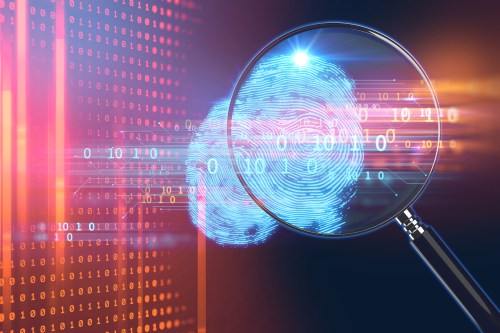Over the past year, commercial products have seen a rise in generative AI tools, transitioning from research prototypes to practical applications. Models like OpenAI’s ChatGPT and Google’s Gemini are now capable of producing text and images that closely resemble human-created content. This advancement has led to the proliferation of AI-generated content across various digital platforms, raising concerns about the credibility and authenticity of such content.
In response to these developments, civil society and policymakers have shown a growing interest in differentiating AI-generated content from human-authored content. Legislative measures such as the EU AI Act and the National Defense Authorization Act (NDAA) for Fiscal Year 2024 include provisions for disclosing and labeling AI-generated content, as well as evaluating technologies for detecting and watermarking generative AI. Additionally, there have been initiatives to develop technical mechanisms, such as watermarking, to indicate when content is AI-generated.
Various motivations drive the interest in distinguishing AI-generated content, including combatting spam, deception, and scams, preventing non-consensual content dissemination, limiting misinformation, safeguarding education and public trust, and enhancing the authenticity of digital content for legal and public purposes. The effectiveness of AI detection tools varies across different domains, with challenges in detecting AI-generated text compared to audio/visual content.
One prominent approach to identifying AI-generated content is watermarking, which involves embedding identifiable patterns in digital media to track its origin. Watermarking techniques like statistical watermarking have shown promise in accurately detecting AI-generated content while maintaining content quality and resisting forgery. However, challenges exist in implementing watermarking universally, ensuring cooperation from model developers, and addressing privacy implications.
Governance of watermarking protocols requires standardized practices, a registry of watermarked models, and support for watermark detection services. Policymakers must consider privacy protections, continuity plans for watermark detection, and the responsibilities of open-source model releases. While watermarking offers a viable solution for detecting AI-generated content, it may not be applicable to all scenarios and requires further technical advancements and policy considerations.
In addition to watermarking, other approaches like post-hoc detectors, retrieval-based detection, and content provenance have been explored for identifying AI-generated content. Post-hoc detectors analyze content after generation, while retrieval-based detection relies on comparing content against a database. Content provenance involves storing information about content origin and modifications in metadata. Each approach has its strengths and limitations in detecting AI-generated content, with considerations around accuracy, privacy, and practical implementation.
As policymakers and stakeholders navigate the landscape of AI detection tools, it is essential to evaluate the technical and policy implications of each approach to effectively address the challenges posed by the proliferation of AI-generated content.






